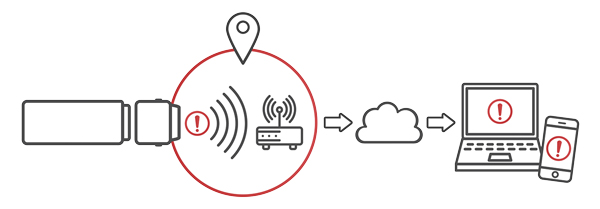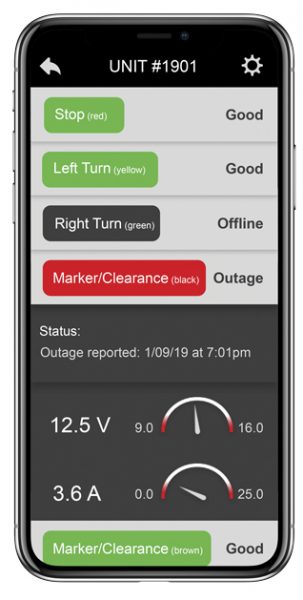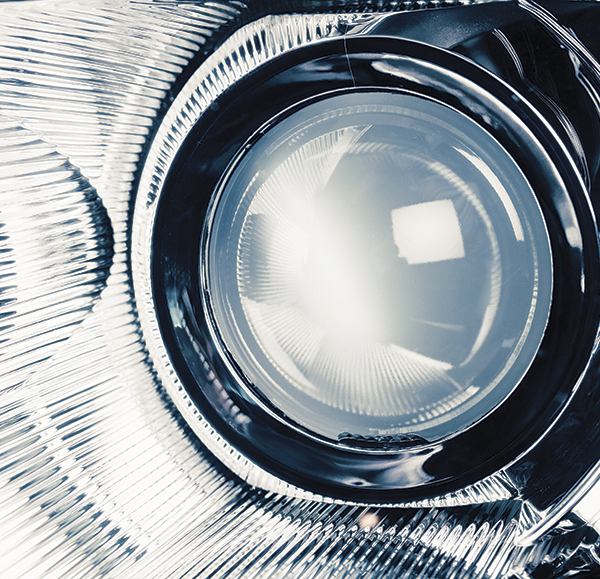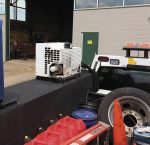For heavy-duty truck fleet managers aiming to maximize safety, productivity, and profitability while minimizing downtime and the cost of doing business, having an integrated strategy for trailer lighting is key.
However, an effective fleet lighting strategy requires more than simply buying a replacement bulb when one burns out. Instead, enhancing the reliability, efficiency, and cost-effectiveness of the fleet’s lighting involves considering all the relevant concerns—from headlamps to taillights—over the lifetime of the equipment.
A comprehensive lighting strategy should also address the integration of superior technologies, including how all the components of the system, such as LED lighting, smart trailer lighting systems, data telemetry, wiring harnesses, and power cables work together.
To accomplish this, fleets are increasingly partnering with lighting manufacturers for integrated “nose-to-tail” solutions for ensuring a smooth transition to updated and superior technologies. A single supplier approach also reduces part costs through bulk purchasing programs while also eliminating the time and labor of managing many suppliers and thousands of part SKUs.
By doing so, fleets are realizing significant savings by minimizing inspection, replacement, labor costs, downtime, and CSA fines, while at the same time improving fleet safety and productivity. For some large fleets, the savings can be millions of dollars.
LIGHTING INTEGRATION
Although every fleet trailer requires fully functioning lamps from head lamp to taillight for safety and compliance, more than 25% of all CSA violations in the heavy-duty trucking industry are related to lighting outages from inoperable lamps or defective/broken lights.
As such, it represents one of the largest annual expense items when CSA fines, maintenance, downtime, and repair are factored together. Lighting outages also attract the attention of law enforcement and can trigger further scrutiny into driver logs, brake wear, tire tread, or other issues, which can lead to additional fleet downtime and fines.
“Fleets with a complete lighting strategy in place will not only enhance the safety of their fleets but also virtually eliminate CSA and other fines as well as minimize the cost of repair and downtime,” Kevin Cornelius, global marketing manager of power delivery at Grote Industries, a global manufacturer and expert in lighting and safety equipment for trucking fleets, says.

COMPARISON
Because of the sheer number of total lamps in vehicle fleets, switching to LEDs from incandescents is a core aspect of any fleet lighting strategy. With an expected 15-year lifespan of a trailer using quality LED lamps, the savings can amount to millions of dollars including the cost of repair, replacement, and downtime, depending on the size and usage of the fleet.
A quick review of the numbers shows that hidden costs of incandescent lamps can add up. A basic incandescent stop tail turn lamp may cost $6. Installation costs about $11.25 ($45/hour at 15 minutes) and downtime about $30 ($60/hour at 1/2 hour) for a total of $47.25.
In fact with incandescent lamps, a 1,000-trailer fleet of Class 8 trailers would experience about three failures per day, with the costs and penalties ranging $50 to $300 per inspection. Combined with the average cost to provide, change, or repair these bulbs, this would cost about $3 million averaged out over the life of the trailers.
Compare this with an expected 15-year lifespan of the same trailers using LED lamps. With no unplanned maintenance or CSA points, the total cost of about $165,000 would save more than $2.8 million over this period.
Most headlights are still equipped with halogen or high-intensity discharge (HID) headlamps. However switching to LED technology can provide significant advantages, Cornelius says.
Because the color of LEDs is closer to that of daylight than the yellowish hue of halogens, it appears brighter and can better illuminate details of objects in the distance. They also help a driver see more at the edge of the road, where traditional lamps tend to fade out even on high beam. This helps the driver spot vehicles, pedestrians, signage, road conditions, and wildlife more quickly and easily to prevent collisions and driving errors.
LED BENEFITS
Since LED headlights can last 30,000 hours—about 10 years of service for a commercial truck—they can also dramatically reduce the risk and cost of unscheduled downtime to service failed headlights, as well as cut down on the number of fines and points against the driver and the fleet’s CSA scores if cited by law enforcement.
Although LED replacement kits are available, some may not be DOT approved. Replacement bulb kits designed to convert halogen lamps to LED must be marked with the DOT symbol.
Because cars and heavy-duty trucks are so different in size, shape, configuration, and use, LED headlamps should be specifically designed for Class 7 and 8 trucks, not coming from headlamp manufacturers trying to adapt a passenger car design to satisfy truck requirements, Cornelius says.
When considering full trailer lighting integration, the complete range of trailer lights should be reviewed. This would include stop tail turn lights, rear turn signal lamps, and stop lamps. To further enhance visibility and compliance, it would also include clearance marker lights, license, and backup lights.
If the fleet is not ready to switch completely, Cornelius says some lighting manufacturers offer an LED lamp option that looks like an incandescent lamp and connects to the incandescent pigtail. This means less work on trucks and trailers to make the switch and provides the option of changing out failed incandescent lamps with LEDs to make the conversion gradually.

SMART SYSTEMS
Because lighting outages can be so costly, fleet managers sometimes look to innovative smart trailer lighting systems that can help to prevent or proactively handle most lighting outage and maintenance issues. For example, one device called the Grote Guardian Smart System can be easily integrated into the trailer’s wiring harness system at the nose box. The fully integrated smart system delivers real-time status of the entire trailer lighting system and works with any type of lamp. The system’s sensor continuously monitors voltage and current passing through the wire harness.
The system alerts a driver, maintenance technician, or fleet manager using a smartphone app or it can be connected to the on-board telematics system. All the information on status and any changes are logged in cloud-based storage for data analysis. The same sensors could be used to measure temperature, humidity, pressure, or other factors as part of a true headlight to taillight solution as the industry moves more toward monitoring of additional trailer functions.
One aspect of the next generation system that is of interest to fleet managers is a “geo-fence” feature that will automatically upload trailer lighting and electrical system information and send alerts for priority attention as needed.
Geo-fencing allows a virtual geographic boundary to be drawn around a specific location, such as a facility or repair depot. When the geo-fence is crossed and there is a lamp or light outage, it can be programmed to automatically trigger a warning via e-mail or text message to appropriate personnel. Once the trailer crosses the established geo-fence, the maintenance manager is immediately notified. This approach could even allow for automatic electronic ordering of replacement lamps if desired.
The bottom line is that the industry is changing. So fleet managers who delay incorporating the best, most cost-effective technologies available will fall further and further behind the competition.
Fortunately those who partner with an industry expert to implement an integrated lighting strategy will find it easier than expected and reap growing benefits down the road. With a little expert guidance and cooperation, they could significantly improve fleet safety and potentially save millions in repair, replacement, downtime, and CSA fines over the lighting equipment’s usable lifespan.
FOR MORE INFORMATION
Find out more about trailer and truck lighting solutions, visit www.grote.com/guardian.




